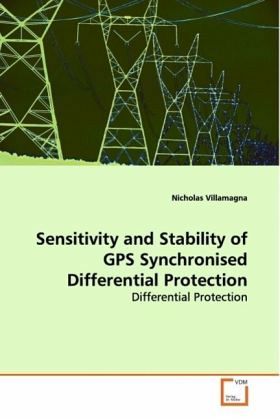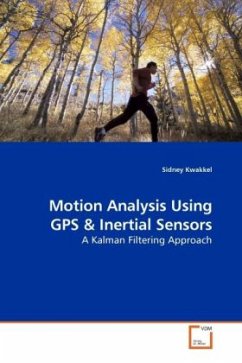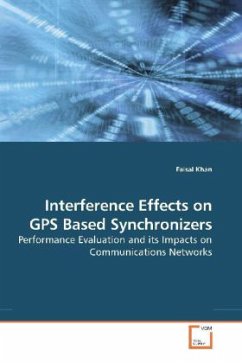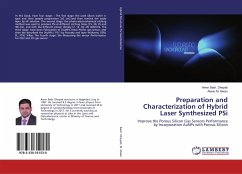
Sensitivity and Stability of GPS Synchronised Differential Protection
Differential Protection
Versandkostenfrei!
Versandfertig in 6-10 Tagen
52,99 €
inkl. MwSt.

PAYBACK Punkte
26 °P sammeln!
Current differential relays are now widely used for the protection of transmission lines. Simplicity of operation and the ability to clearly discriminate internal and external faults ensures their popularity, particulary when digital communication systems are available. Increasing availability of digital communication systems creates tremendous opportunities for protection but recent move to switched hierarchical communication networks has created problems for phasor synchronisation. The solution is GPS. GPS provides time synchronisation to an accuracy of +/- 1.0 microsecond. Although the phas...
Current differential relays are now widely used for
the protection of transmission lines. Simplicity of
operation and the ability to clearly discriminate
internal and external faults ensures their
popularity, particulary when digital communication
systems are available. Increasing availability of
digital communication systems creates tremendous
opportunities for protection but recent move to
switched hierarchical communication networks has
created problems for phasor synchronisation. The
solution is GPS. GPS provides time synchronisation
to an accuracy of +/- 1.0 microsecond. Although the
phasor error at +/- 1.0 microsecond is
insignificant, concerns remain about temporary loss
of the GPS signal.
This thesis presents a technique using symmetrical
component analysis to cope for the loss of the GPS
signal, a robust method in detecting signal
distortion caused by current transformer core
saturation and an adaptive bias technique that
provides improvements in relay sensitivity.
the protection of transmission lines. Simplicity of
operation and the ability to clearly discriminate
internal and external faults ensures their
popularity, particulary when digital communication
systems are available. Increasing availability of
digital communication systems creates tremendous
opportunities for protection but recent move to
switched hierarchical communication networks has
created problems for phasor synchronisation. The
solution is GPS. GPS provides time synchronisation
to an accuracy of +/- 1.0 microsecond. Although the
phasor error at +/- 1.0 microsecond is
insignificant, concerns remain about temporary loss
of the GPS signal.
This thesis presents a technique using symmetrical
component analysis to cope for the loss of the GPS
signal, a robust method in detecting signal
distortion caused by current transformer core
saturation and an adaptive bias technique that
provides improvements in relay sensitivity.












